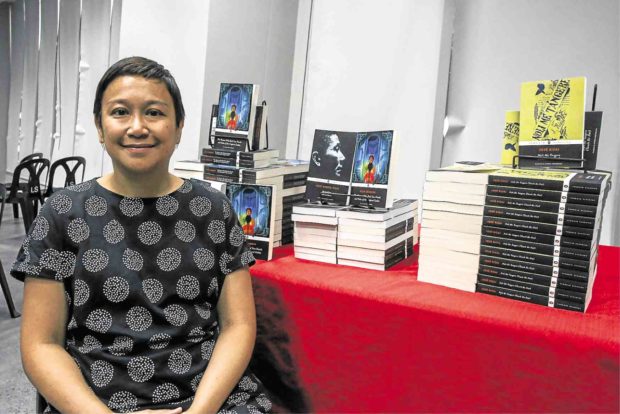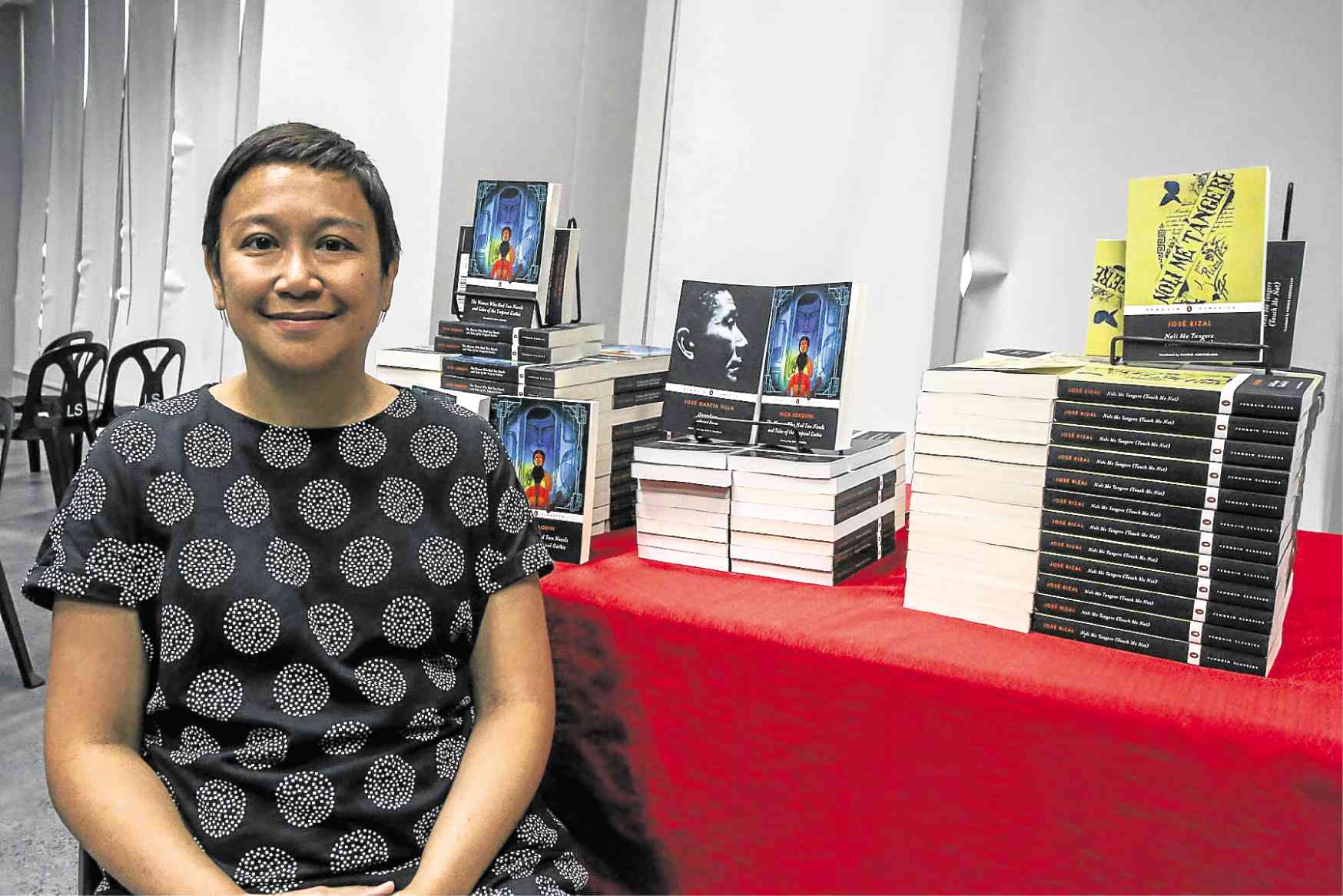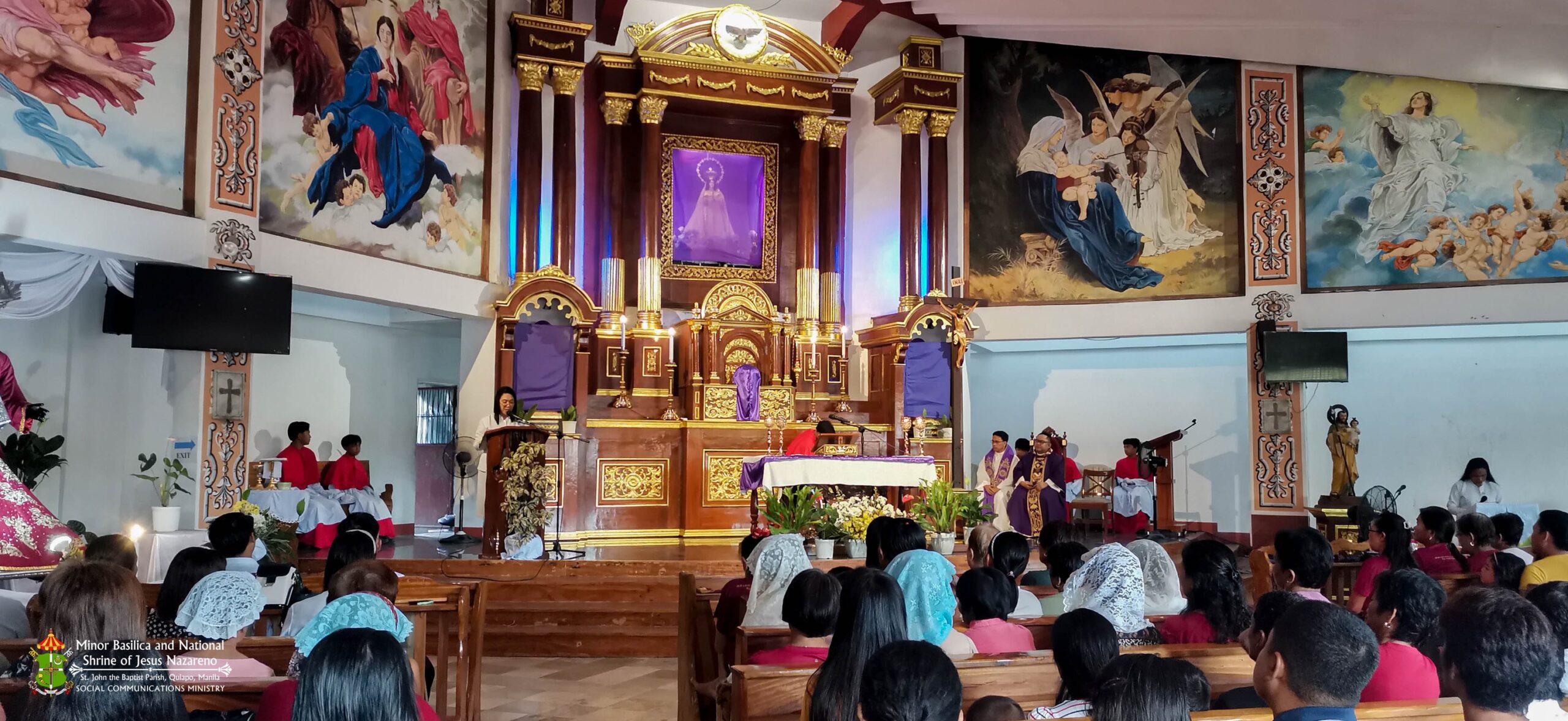
Imagine being charged with the world’s greatest books from the world’s greatest storytellers in the world’s greatest publisher—and then having the responsibility of promoting these to a new generation of readers.
This is the immense gift and formidable challenge given to Elda Rotor, vice president and publisher of Penguin Classics, the venerable imprint at publishing giant Penguin Random House. In this role, Rotor, who is Filipino and based in New York, is the steward of some of the most iconic names in literature, wrapped in that distinctive trade dress of black spine, white band and unmistakable penguin icon.
In this capacity, she has also inducted Filipino writers into the pantheon of Penguin Classics authors: José Rizal (“Noli me Tangere” in 2006, “El Filibusterismo” in 2011); Jose Garcia Villa (“Doveglion: Collected Poems” in 2008); Nick Joaquin (“The Woman Who Had Two Navels and Tales of the Tropical Gothic” in 2017); and Carlos Bulosan (“America is in the Heart” in 2019). There will be more, surely and thankfully.
Arturo Rotor’s grandniece
There is a beautiful symmetry to this considering that Rotor is the grandniece of the famed Filipino fictionist Arturo B. Rotor. Coming from the Oxford University Press, Rotor arrived at Penguin in 2006 when the Penguin Classics edition of “Noli,” translated and introduced by Harold Augenbraum, was about to come out. She then helped shepherd “Fili,” “Doveglion,” “Two Navels” and “America” all the way to publication.
Rotor recently gave a talk on “Trends in Literary and Academic Publishing: The Penguin Classics Experience” at the Ben Chan ArtSuite of the Areté at the Ateneo de Manila University, an event sponsored by the National Book Development Board, Book Development Association of the Philippines, Ateneo de Manila University Press, Ateneo School of Humanities, and Ateneo Art Gallery.
Rotor defined a classic as a book a reader has a relationship with, a relationship that changes or deepens as time goes on. Rotor said her goal was to publish them in a respectful and fresh way to add to the conversations with the additions that are already out there.”
“Think about the fact that the audience for or books are the people who already know them really, really well but also the next generation who have never read them, who will put them on the same shelves as Chekhov and Austen and understand that these are on an equal level,” she said. “So the canon has spread. It’s more about connecting our readers around the world and sharing with each other the value of these books.”
New readers
The task of getting new readers to read these older books requires Rotor and her team to be very creative. Part of it is design; Penguin Classics may feature the iconic trade dress but Rotor goes out of her way to find cutting-edge art to grace the cover. “I love art and design—I have a minor in fine art—so I have very strong opinions about design,” Rotor said. She avoids stereotypes and the much-trafficked ideas.
The other means is to provide a new introduction arming the book with new insight. Rotor is particularly proud of Bulosan’s “America is in the Heart,” which features a smart, piercing introduction by Elaine Castillo, the critically acclaimed Filipino-American author of the novel “America is Not in the Heart.” Meanwhile horror director Guillermo del Toro was the perfect person to curate the Penguin Horror line, she added.
Rotor talked about the need to expand the idea of Penguin Classics—which puts out five titles a month and has backlist of 1,900 titles, focusing on diversity, more titles outside the United States, and deepening the idea of what American literature is. The work is endless and relentless: She said she was already done with her 2020 release schedule and is now thinking about 2021.
So it is part of her role but also a personal achievement to be able to have Filipino authors as a proper part of Penguin Classics, essentially introducing them to a world that may not have previously read them.
She said there is something elemental in these books. She said Bulosan’s “America” as an essential migrant story. “For people who have never heard of Bulosan, imagine reading ‘Grapes of Wrath’ or ‘Of Mice and Men,’ and your turn your cameras on these two figures. And then turn it to the right and you see this migrant worker was Filipino in the same field, this is the story of that person.”
Promoting books by Filipino authors requires building ties with college professors but also networking with Filipino communities and just keep on talking about the titles. “It’s like a constant sense of building knowledge of it and getting media attention to it,” she said.
Rotor takes great pride in Penguin Classics’ Filipino titles, most of all: “The craft of the writing itself, but they’re so different. So with Rizal, I think I prefer ‘Fili’ over ‘Noli,’ I think because I love revenge. It was like I was gonna be very violent in my head but in a good way. It’s so different from José Garcia Villa. His poetry is really cerebral, meditative and also physical performance, especially with the comma poems. And with Joaquin, he’s very psychedelic. There is a level of a craft that deepens your respect and your knowledge of the Filipino storyteller.” She remains ever vigilant, looking at other writers—Filipino, American, everything—to add to this impeccable lineup.
“So let’s see just how many storytellers we can bring to the table.”











































